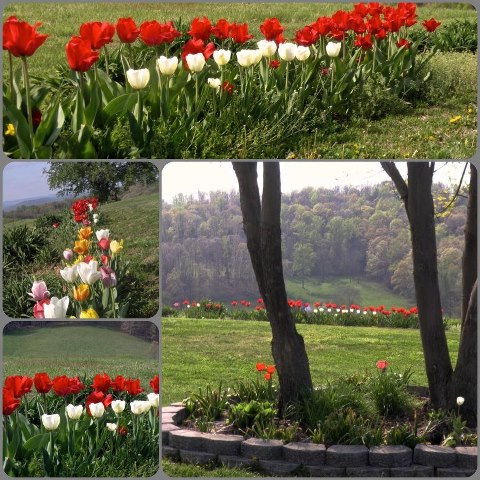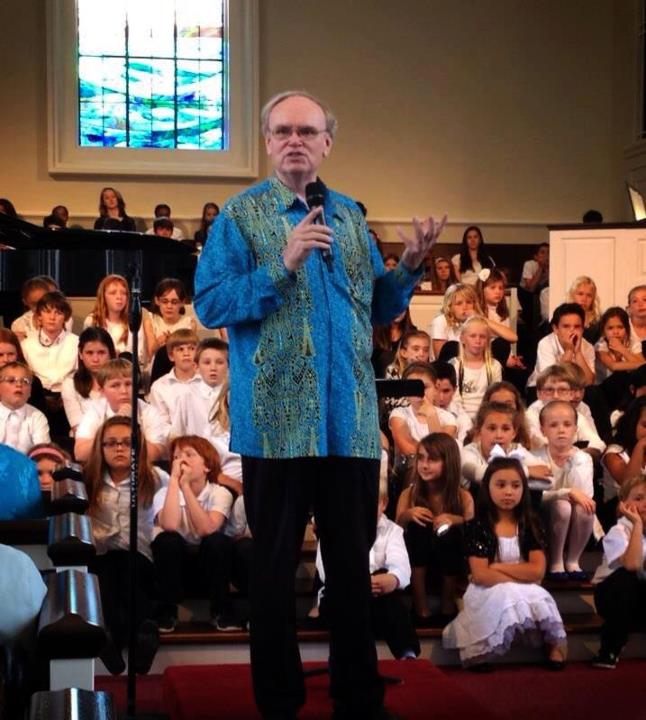Early in my career as a conductor, I learned something important about syncopation in music.
The more syncopated and complex the rhythmic structure of a musical passage, the more important it is that the conductor, percussionists, accompanists, everyone, simplify the core beat and keep the pulse, pace and heartbeat of the piece steady … steady … steady.
That’s much easier said than done, far simpler instructed than performed. What’s the almost unavoidable temptation? Either, for fear, to subconsciously pull back from the complexity, thus slowing down the tempo, or, much more often for accomplished technicians, to push and shove and rush and crash our ways through it, inadvertently speeding up the tempo for fear we’re not going to get in all the notes within the allotted amount of time.
Inexperienced musicians tend to pull back from complexity and slow down. Professionals tend to charge into it, rush the pulse or, in worst case scenarios, ignite the tempo like a rocket headed to Mars. The object of the game seems to be reaching the destination first!
Even the least experienced musician can be taught to put a great deal of rhythmic complexity against a steady beat. But mix the complexity with either rushing or slowing down, and it’s a disaster about to happen, or, if not a disaster, then at least a very sloppy, messy musical passage.
A great deal of the responsibility lies squarely at the feet of the conductor. It is incumbent upon him or her to keep that beat steady. However, the internal pulses of the performing musicians can trump the conductor’s gesture, regardless how strong and stable it might be. The more the musicians watch the conductor, the less likely it is that a mess will occur.
It dawns upon me that the paces and pulses of life are made far more steady by the One Who “changest not, Thy compassions, they fail not.” That is certainly not to say that our lives of faith in Christ (as our Conductor) are devoid of emergencies, surprises, or tempo changes. But amidst it all, we can always count on God’s Spirit within us to help us with the certain shifts, jolts, and panics we often face and which often cause us and others around us to suffer. Psychological syncopation calls for Holy Godspeed.
This autumn has presented a number of tempo changes professionally. John Scott, Betty Woodward, Ben Hutto, Helen Kemp, Sir David Willcocks—each an extraordinary role model in choral music across the US, the UK, and way beyond, have all departed to live in the Father’s House. It has caused an almost panic in the choral community, similar to what a stock market correction does to financial institutions.
Who is going to fill these huge shoes? Who can take the places of such extraordinary musicians, educators, ministers?
Earthquakes and tremors happen in our lives, and we’re not only talking about seismography here.
I speak of emotional shakings, heartsick realizations, spiritual tremblings, and batons passing way too soon.
Tempos change. Seasons come and go. People are born, live, die, as do we all. We all face life’s syncopations.
A lifelong lesson it is for each of us to learn our rightful places in God’s creation and to live peaceably and joyfully within the pulses set for us by an All-Knowing Savior.
The temptation to rush and push is almost impossible for some of us to resist.
I want to encourage all us to constantly keep our eyes on ‘the Author and Finisher of our faith” for appropriate tempi. As we do, let us also keep in mind that, in every move we make, in every word we speak, in every nonverbal cue we we act out both musically and nonmusically, we are teaching the marvelous students in our care. Our rushing will become their rushing. Our fear will become our fear. Our dragging will become their dragging.
But our hope, peace, joy, love and faith can also become theirs if we learn to live them out in our own life’s tempos.









